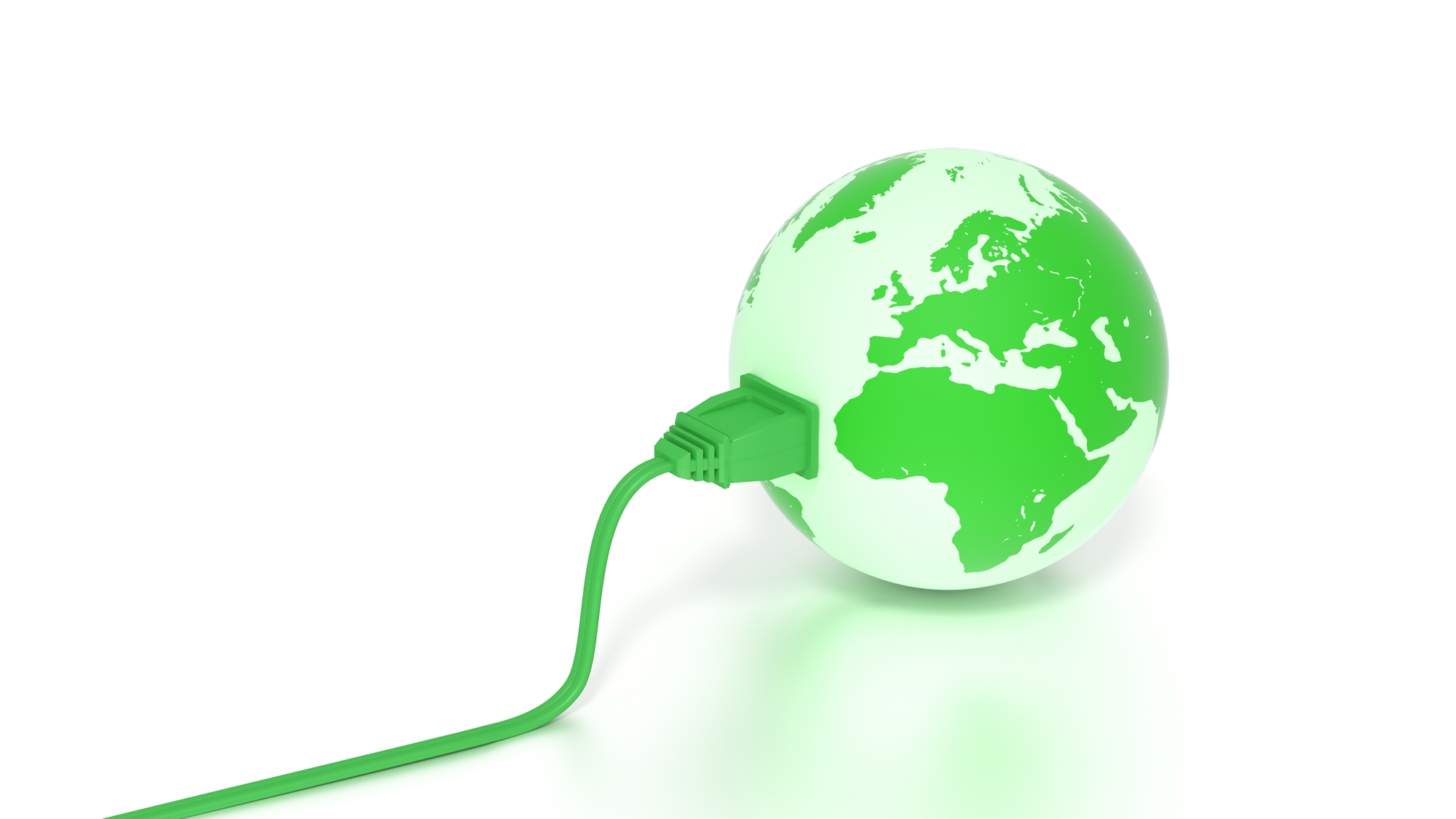
New Backlight With Reflective Film Main Way New Philips Pro Display Series Halves Energy Demand
November 21, 2023 by Dave Haynes
My friends at German language content partner invidis have asked the question I didn’t get around to asking directly last week: How does a new Philips commercial display series cut energy consumption in half?
You may recall a recent post about PPDS, the company that markets Taiwanese-manufactured Philips displays, touting a new display series with dramatically-reduced energy draws. It sounded pretty amazing, but the press release didn’t get into how that reduction was realized.
Display manufacturer marketers have a history of being a bit loose with their facts – micro LED displays that aren’t, seamless video walls with seams, and so on – so a little skepticism was natural.
Invidis asked Andrea Barbuti, PPDS International Product Manager – Solutions, for some back-up details:
The TPV subsidiary PPDS was able to achieve the greatest progress in energy efficiency through an improved backlight concept with a new reflective film. We don’t want to reveal more about it, except that further energy savings can also be achieved using a new power supply and an automatic brightness sensor.
Display manufacturers have also been optimizing products and packaging beyond electronics for years. PPDS uses recycled resin for the display covers on the back and does not use plastic bags for accessories and Styrofoam packaging.
The entire measures were awarded the EPEAT Silver Climate+ Ecolabel for one of the first digital signage displays . EPEAT measures the social and environmental impact of products from production to the end of their life. The QE line meets 100% of the climate criteria and at least 50% of the existing optional criteria. Additionally, it has received one of the industry’s lowest energy label ratings for a professional display, with an EU Energy Label E rating for the 50-inch model and a D rating for the 55-inch and 65-inch models.
Invidis comments:
Halving electricity consumption is an astonishing success in times of energy crisis and green signage. Efficiency improvements such as those made possible by the new PPDS-Ecoline show that there is still considerable potential for improvement in LCD displays.
Even if the QE-line is not a brightness miracle with 300-350 nits, there are still many application scenarios where digital signage displays are not exposed to direct sunlight and the entry-level brightness level is sufficient.
In the future, end customers will evaluate more frequently whether they prefer more performance (more brightness) or lower power consumption. With power consumption halved to 45 watts for a standard 55-inch, energy-saving professional LCD displays are now also available.



Leave a comment